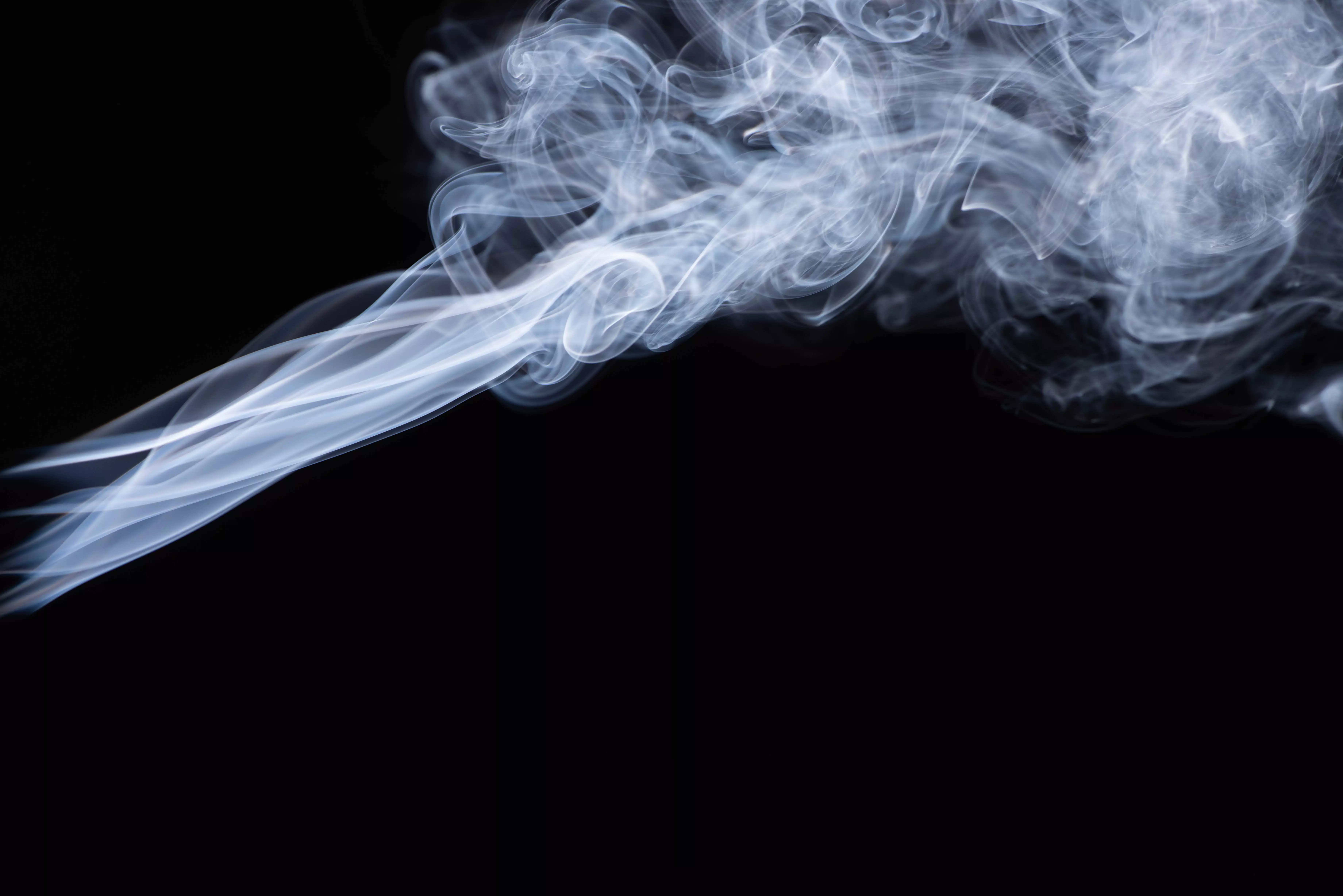Secondhand smoke prevention strategies: How to protect yourself and others
Secondhand smoke, also known as secondhand smoke or ambient smoke, is tobacco smoke that is inhaled by non-smokers. It is a serious health risk, leading to many diseases, including lung cancer, heart disease and respiratory diseases. Fortunately, there are strategies that can help you avoid exposure to secondhand smoke. Here are some ways to protect yourself and others from secondhand smoke.
Create smoke-free environments
One of the most important ways to prevent exposure to secondhand smoke is to create smoke-free environments. This means that smoking should be prohibited in all enclosed areas where non-smokers are present, including homes, cars, workplaces and public places.
Edit Policy
Legislation and policies can play a key role in reducing exposure to secondhand smoke. This includes enacting smoking bans in public places, requiring hotel rooms to be smoke-free, and enacting strict regulations on smoking in cars where children are present.

Education
Education is key in preventing secondhand smoke. Knowledge about the harms of secondhand smoke can encourage smokers to reduce their smoking or stop smoking in the presence of non-smokers. Education can also help non-smokers understand how to avoid secondhand smoke.
Help to quit smoking
Smoking cessation assistance is an important component of secondhand smoke prevention strategies. There are many effective smoking cessation programs and resources that can help smokers quit for good, which in turn will reduce exposure to other people's secondhand smoke.
Building awareness
Building awareness about the harms of secondhand smoke is another important strategy. Awareness campaigns, posters, brochures and other educational materials can help raise awareness about how secondhand smoke affects health and how to avoid it.
Summary
Secondhand smoke is a serious health risk, but there are effective strategies that can help reduce exposure to secondhand smoke. By creating smoke-free environments, educating the public about the dangers of secondhand smoke, offering help to quit smoking and building awareness, we can protect ourselves and others from the harms of secondhand smoke.
 smokefreeamericas.org
smokefreeamericas.org smokefreeamericas.org
smokefreeamericas.org